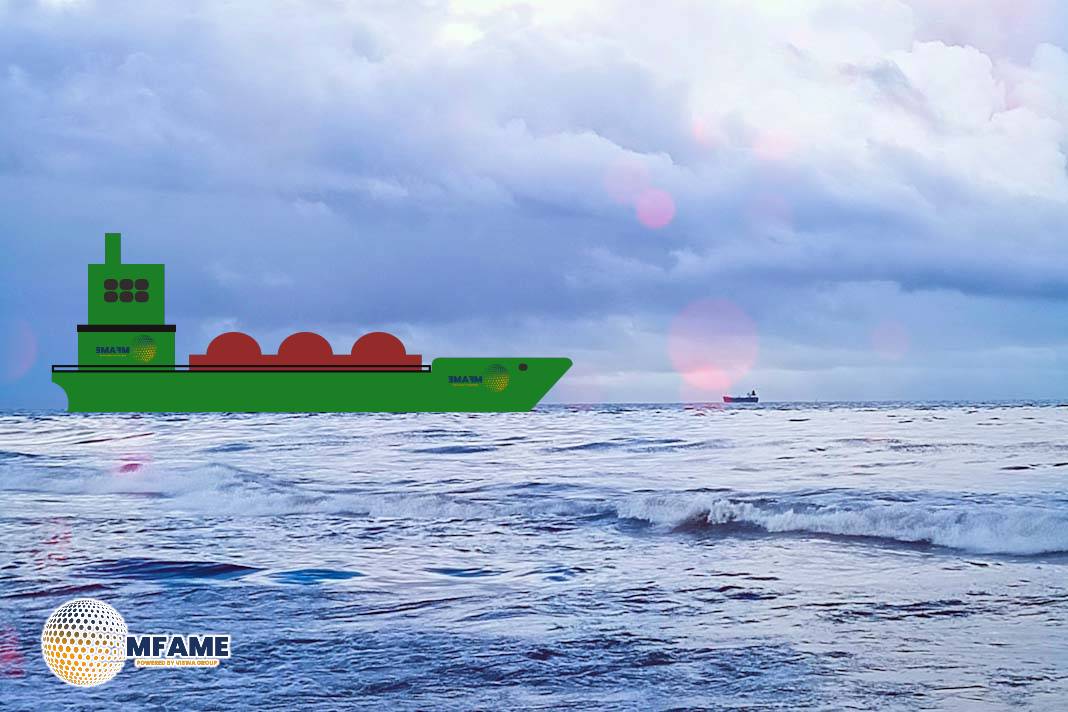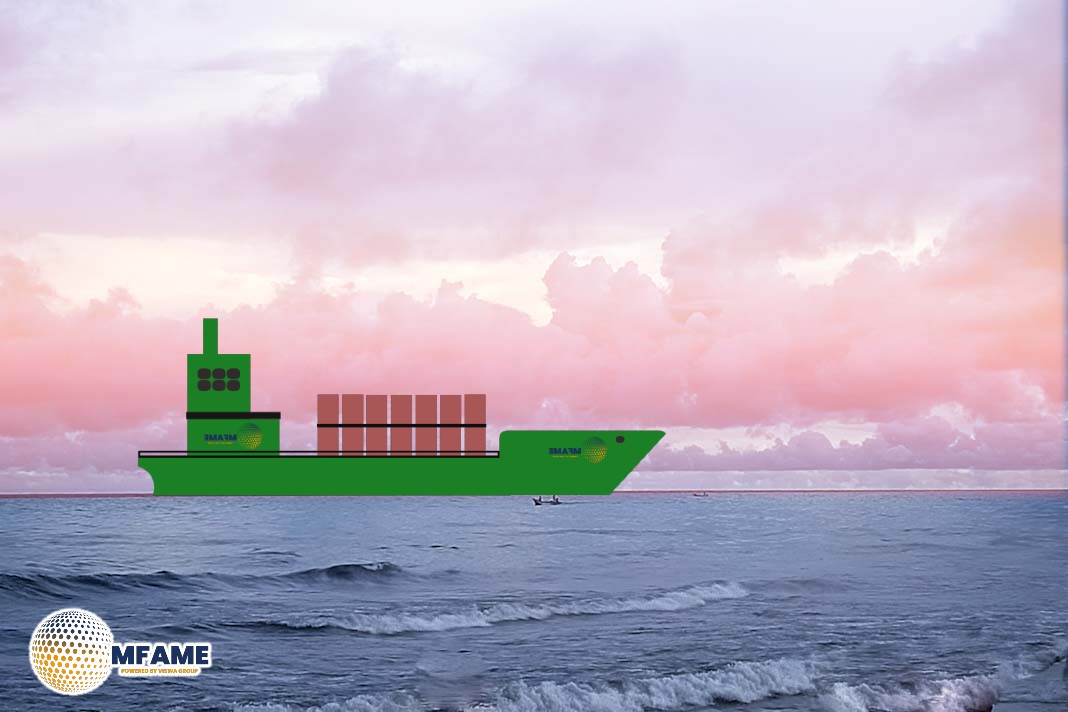The recent ceasefire agreement between Israel and Hamas has raised hopes for the resumption of normal shipping traffic through the Suez Canal. However, while the truce may ease tensions, the overall impact on LNG shipping through the canal remains uncertain and may present a mixed picture, reports Drewry.
Impact Of Resumption
Drewry anticipates a cautious approach to resuming LNG vessel transits through the Suez Canal following the recent ceasefire. While the truce may ease tensions, concerns remain, leading carriers to favor the Cape of Good Hope (COGH) route, particularly for US shipments to Asia due to low freight rates and ample vessel availability. However, Qatari LNG exports to Europe are likely to transition back to the Suez Canal quickly, potentially paving the way for a gradual increase in LNG vessel traffic through the canal if the current positive developments continue.
Qatari LNG To Europe
The resumption of transits via the Suez Canal will significantly benefit Qatari exports to Europe. This is expected to exceed previous years, driven by a surge in European LNG demand. The end of the Russia-Ukraine gas transit deal, depleting gas stocks, and looming sanctions on Russian LNG are compelling European buyers to seek alternative LNG sources, including Qatar.
Normalcy in the Red Sea will facilitate increased LNGC transits through the Suez Canal, particularly for Qatari LNG shipments to Europe.
Qatari LNG shipments to Europe declined in 2023 and 2024 due to the Red Sea crisis and subdued European demand. The rise of US and Russian LNG as major European suppliers, owing to their proximity and flexibility, further squeezed Qatar’s share.
Normalcy In Red Sea
Spot rates for TFDE carriers have reached a record low of $16,500 per day, while steam turbine carrier rates stand at $3,000 per day. This decline is attributed to excess fleet supply, with high deliveries anticipated in 2025.
While the resumption of Suez Canal transits will benefit Qatari exports to Europe, it will likely reduce tonne-miles for LNG carriers due to shorter voyage distances. This will increase effective fleet supply and exert further downward pressure on rates.
Conversely, LNG shipments from the US to Asia are expected to continue utilizing the Cape of Good Hope (COGH) route due to high vessel availability and canal costs at Panama and Suez. A lthough an immediate return to the Suez Canal is unlikely, a gradual increase in Qatari vessels utilizing this route is anticipated. A sudden shift from COGH to Suez could negatively impact LNG shipping, as longer voyages have helped to prevent further freight rate declines in 2024.
Therefore, maintaining the COGH route for US-to-Asia LNG shipments, at least until 2025-26, is crucial for improving the employability of the expanded fleet and potentially mitigating the impact of increased vessel availability on freight rates.
Did you subscribe to our daily Newsletter?
It’s Free Click here to Subscribe!
Source: Drewry


























